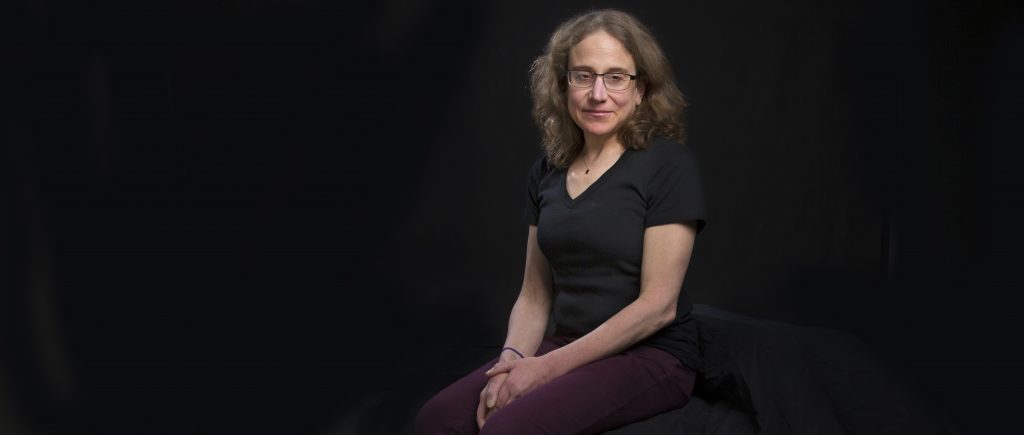Graduate Student Spotlight: Louise Zamparutti

PhD student in Professional and Technical Writing
Update: Congratulations, Louise! She is now a Fulbright Scholar and will be an Assistant Professor of English at the University of Wisconsin-La Crosse starting in fall 2019.
The Basovizza Monument in northeast Italy was inaugurated as a national memorial in 2007. The monument commemorates victims of a so-called “Italian genocide” instigated by Yugoslavians at the end of World War II, a claim that is not substantiated through physical evidence. The designation of the site as a place of national memory and the narrative that it produces were initially very controversial and the monument was widely regarded as the brainchild of Italy’s far-right political parties. Today, however, the monument is a popular site for tourists from all over Italy and for classroom visits, and its popularity is enhanced through its evocative website and social media presence. It is no longer controversial or political.
My dissertation investigates how this monument transformed a politically divisive issue into a publicly accepted national narrative. I show how the monument combines claims of objectivity and fact with evocative, emotionally charged imagery in order to produce a new version of Italy’s World War II history. The motive and intent behind the monument’s narrative is invisible due to a form that invokes credibility and legitimacy.
I collected multiple forms of data, including photographs, interviews, and texts and media in support of the monument’s construction. I tracked recurring themes and motifs expressed in the monument and the supporting discourse. I identified specific argumentation strategies and showed how those strategies, by reinforcing established discourse, legitimize the narrative presented by the monument.
My research allows us to analyze how controversial issues become legitimized discourse, and invites inquiry into how the reverse might occur; that is, how non-controversial issues, discourses, and artifacts (such as monuments) might become controversial. Ultimately I hope to identify the incremental steps by which extreme viewpoints and actions manage to achieve normalization and public acceptance.